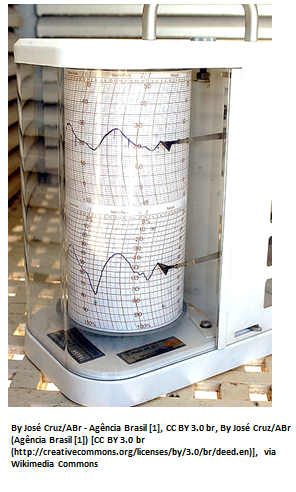The accurate measurement of humidity is important in many HVAC/R applications. Relative Humidity (RH) is a measure of the ‘actual humidity’, relative to the maximum possible humidity at a given temperature. RH sensors contain an assembly that is made up of an integrated sensor and transmitter. The sensor measures the RH while the transmitter creates an output signal proportional to the sensed RH. There are two common types of humidity sensing elements that are most widely used; Capacitive and Resistive.
HVAC/R applications. Relative Humidity (RH) is a measure of the ‘actual humidity’, relative to the maximum possible humidity at a given temperature. RH sensors contain an assembly that is made up of an integrated sensor and transmitter. The sensor measures the RH while the transmitter creates an output signal proportional to the sensed RH. There are two common types of humidity sensing elements that are most widely used; Capacitive and Resistive.
Capacitive
Capacitance based sensors consist of a substrate on which a non-conductive film is deposited between two conductive metal electrodes and mounted within a plastic capsule. Capacitive sensors measure humidity, using a chain process rather than sensing it directly. The chain consists of the capacitive sensor, a probe, cable, electronics and an output signal. The overall performance of the device is determined by the performance of the entire chain. The change in electrical output is directionally proportional to the RH of the surrounding environment. Capacitive sensors are characterized by their ability to recover fully from condensation exposure.
Resistive
Resistive based sensors use a conductive grid to measure the change in electrical impedance of a hydroscopic substance such to a conductive polymer. The conductivity of this grid changes with the amount of water it retains which in turn changes the resistance when humidity is present. The electronic circuitry is temperature compensated and provides a linear resistance signal which sends an output signal as the RH increases or decreases between 0 and 100%. Resistive sensors are characterized by moderately slow response time, as it may take up to several minutes for the humidity changes to take effect on the reading.
CLICK HERE to learn ten questions you should ask before selecting a humidity sensor.



